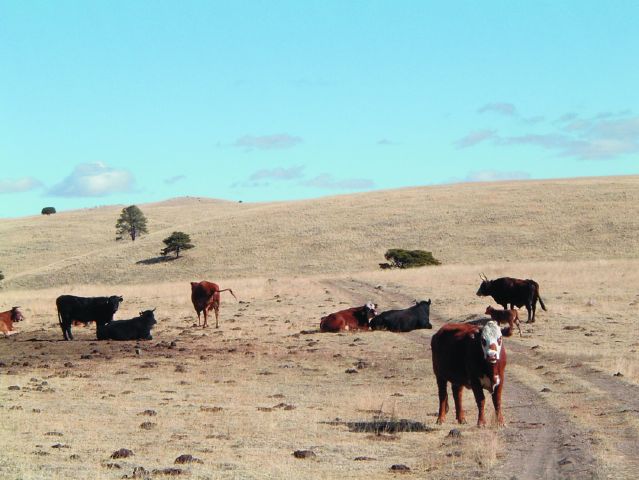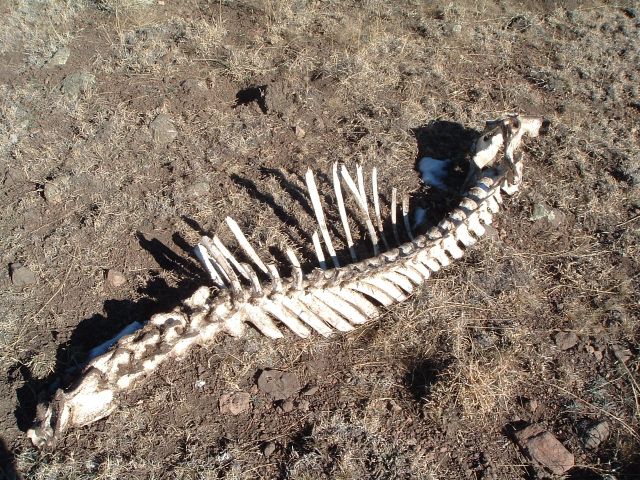Return Of The Big, Bad Wolf
The Wolf Is Back In The Wild West, And Ranchers Want Him Banished. After Eight Years Of A Failing Federal Program To Reintroduce The Endangered Mexican Gray Wolf, Ranchers Might Get Their Wish.


“The cows are more than just your livelihood,” says Loretta Rabenau. “You care for these animals. You get attached.”
Kate Trainor

Michael Robinson looks out over the Gila landscape in southern New Mexico, an area where the Mexican gray wolf has been reintroduced.
Kate Trainor

In less than three months, wolves killed more than 20 of the Rabenaus’ cattle.
Kate Trainor








